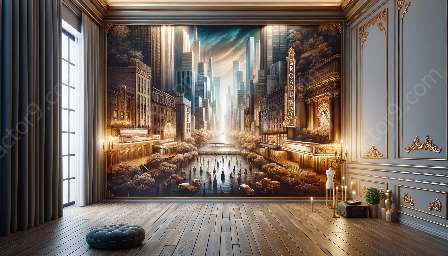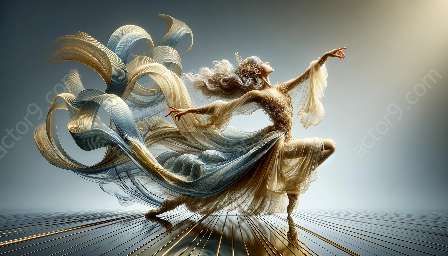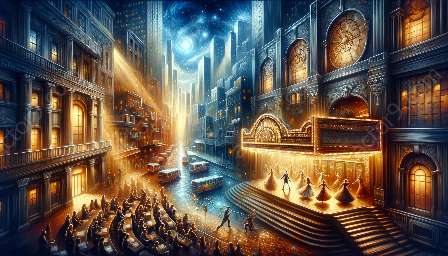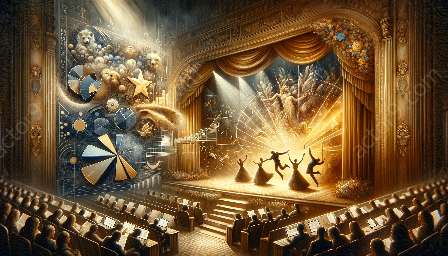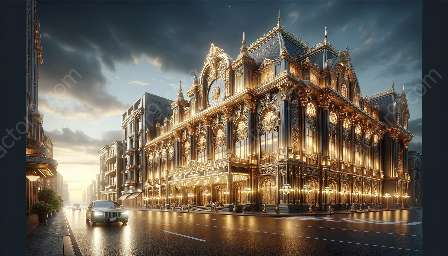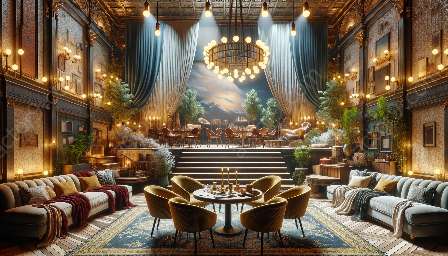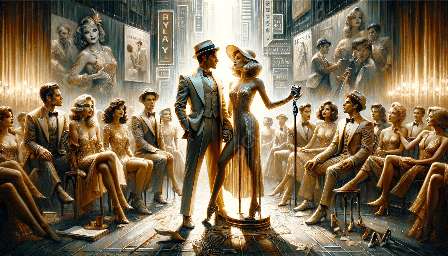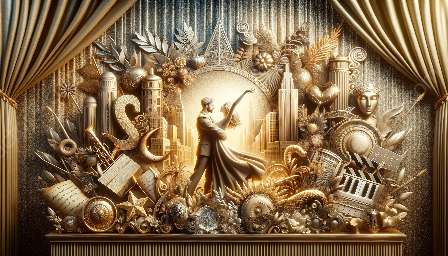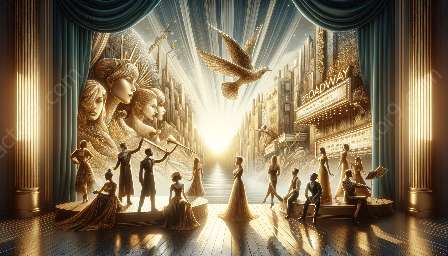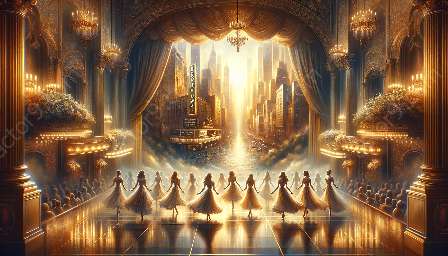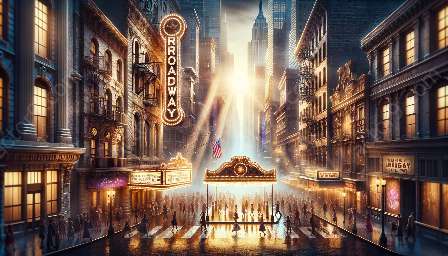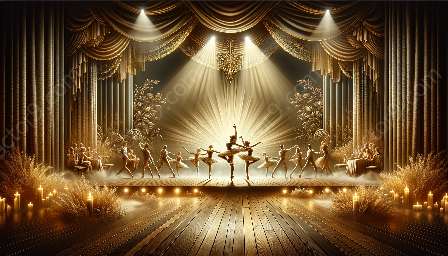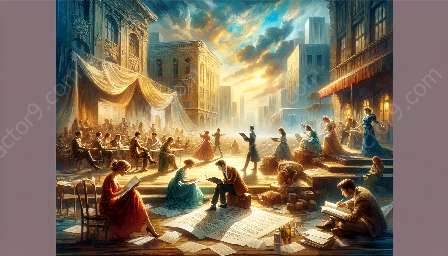Costume designers play a crucial role in the world of Broadway and musical theater, where they face the unique challenge of addressing the practical needs of performers while maintaining aesthetic appeal. The relationship between practicality and aesthetics in costume design is a delicate balance, requiring a deep understanding of the specific demands of the stage and the characters portrayed. This article delves into the intricate process of costume design for Broadway musicals, exploring how designers achieve a harmonious blend of functionality and visual allure.
Understanding the Practical Needs of Performers
Costume designers must take into account the rigorous demands of live performance when creating attire for Broadway musicals. Performers often engage in dynamic movements, intricate dance routines, and swift costume changes, necessitating costumes that allow for freedom of movement and quick alterations. Moreover, the practical needs of performers extend to considerations such as breathability, durability, and comfort, as they must remain at ease and capable of delivering top-notch performances throughout lengthy shows.
Technical Innovations in Costume Construction
To address the practical needs of performers, costume designers utilize advanced techniques and materials in their creations. The integration of stretch fabrics, seamless construction, and hidden fastenings allows for greater flexibility and ease of movement. Additionally, specialized undergarments and support structures are strategically incorporated to enhance comfort and support during demanding dance routines and long hours on stage.
Collaboration and Integration in Costume Design
Costume designers work in close collaboration with other creative professionals, including directors, choreographers, and set designers, to ensure that the costumes seamlessly integrate with the overall production. This collaborative approach allows for a cohesive vision that harmonizes the practical needs of performers with the aesthetic requirements of the show, creating a visually stunning and harmonious stage presence.
Maintaining Aesthetic Appeal
While addressing the practical needs of performers is paramount, costume designers also strive to maintain a high degree of aesthetic appeal. Each costume must not only serve its functional purpose but also contribute to the visual storytelling and character portrayal. The careful selection of fabrics, colors, and embellishments, coupled with meticulous attention to detail, all contribute to the creation of a visually captivating and thematically cohesive wardrobe.
Character Exploration and Conceptualization
Costume designers engage in extensive research and character analysis to develop an in-depth understanding of each role and its unique nuances. This process involves delving into the historical, cultural, and thematic context of the production, allowing designers to infuse authenticity and depth into the costumes. By aligning the aesthetic elements with the character's persona, costume designers elevate the visual impact of the performances while enriching the audience's immersive experience.
The Intersection of Functionality and Aesthetics
The successful integration of the practical needs of performers with the aesthetic appeal of costumes is a testament to the artistry and ingenuity of costume designers. By striking a harmonious balance between form and function, designers contribute significantly to the overall success and impact of Broadway musical productions. The seamless fusion of technical prowess and artistic vision ultimately enhances the performers' confidence and ability to bring characters to life, captivating audiences with enchanting visuals and compelling storytelling.

